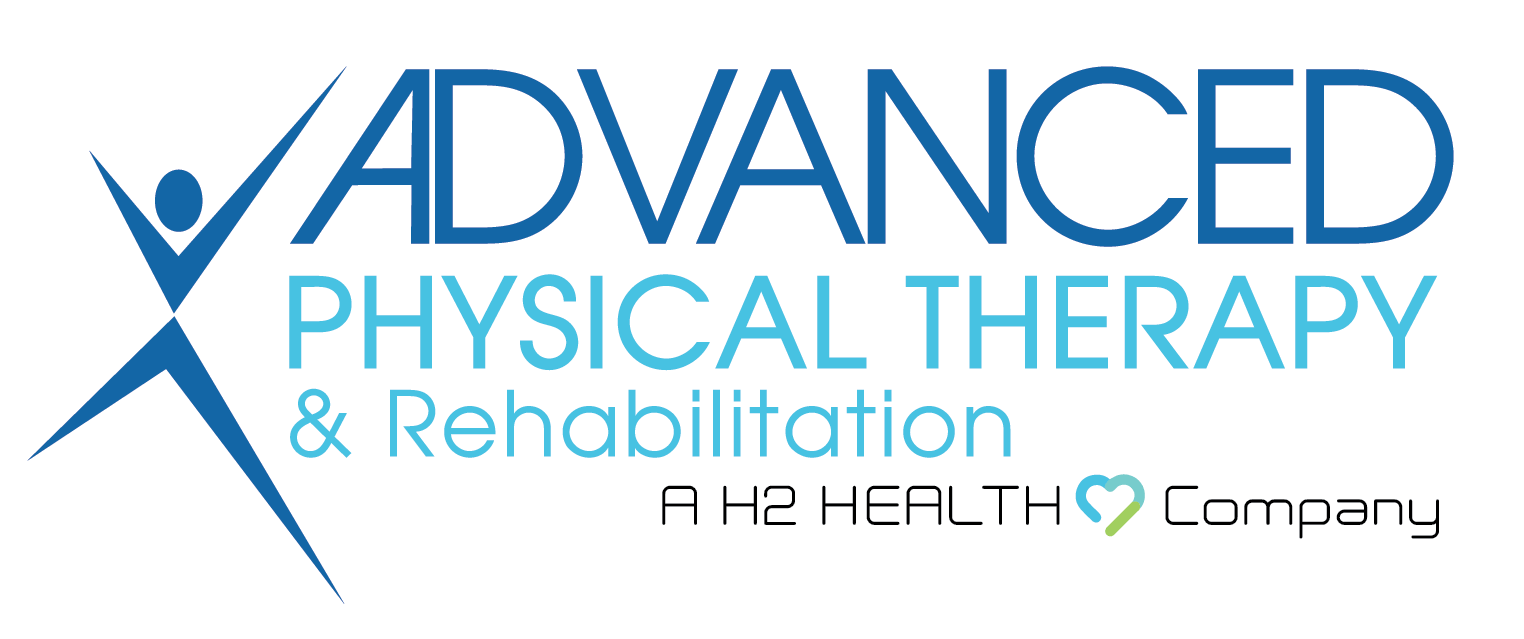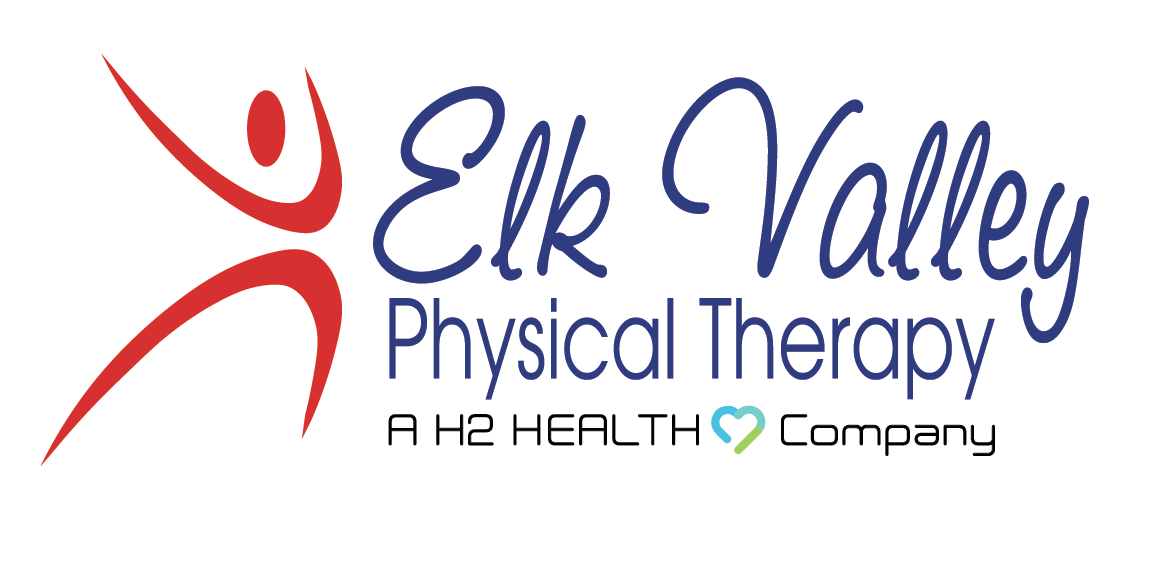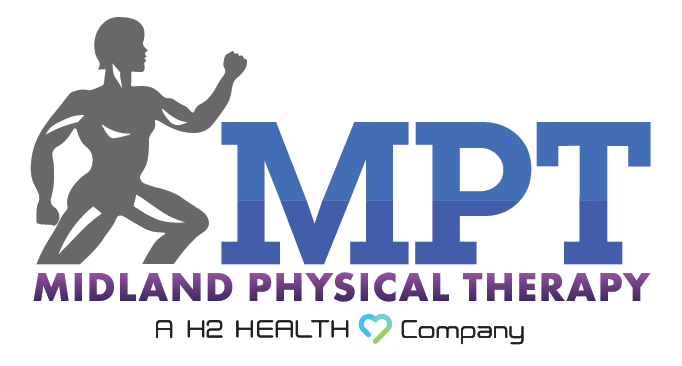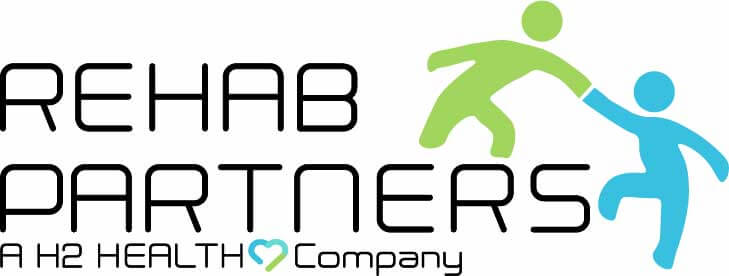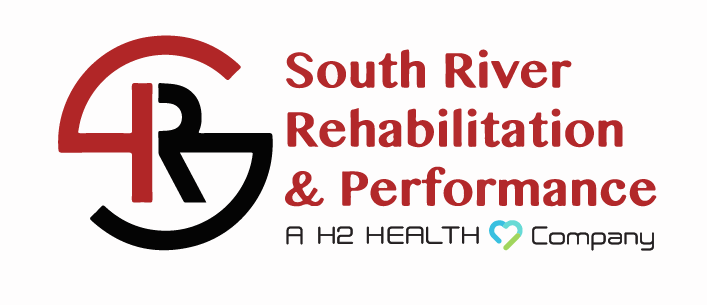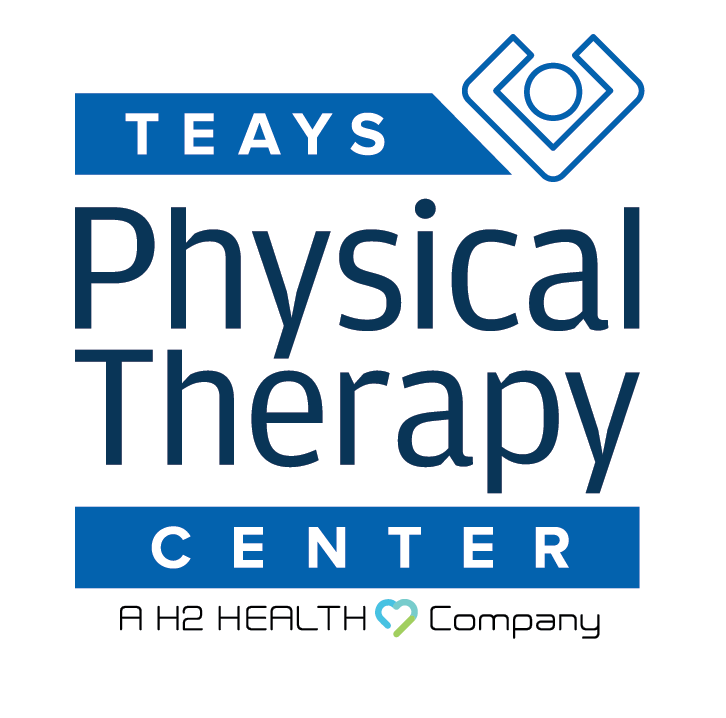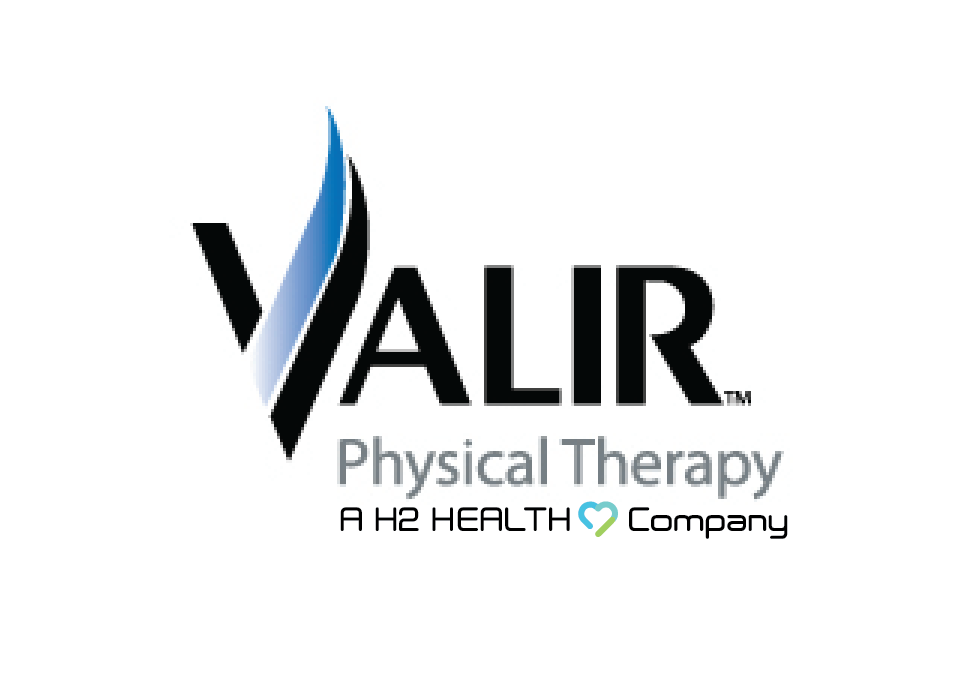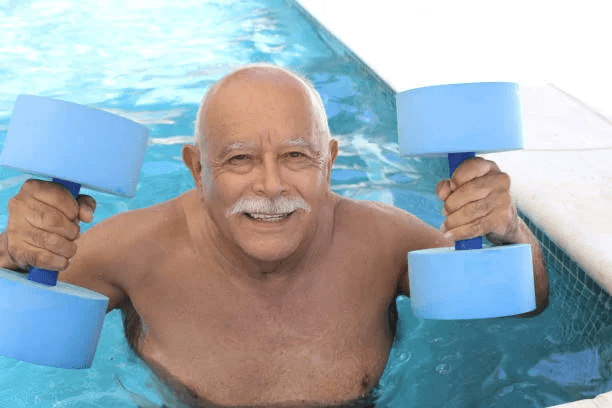
Seeing as how “hydro” is the Greek word for “water” and its Latin equivalent is “aqua,” it only stands to reason that many people assume aquatic therapy and hydrotherapy are one and the same. But are they really?
Both forms of rehabilitative service have water in common, and the terms “hydrotherapy” and “aquatic therapy” are often used interchangeably, but there is at least one subtle difference between the two.
Whereas hydrotherapy is a specialized mode of physiotherapy that involves the use of water to provide support, resistance, and other effects that cannot be utilized outside water, aquatic therapy is an exercise program designed by a physical therapist (PT) and performed in a pool to decrease pain and stress on weight-bearing joints.
To better understand the similarities between aquatic therapy and hydrotherapy and how each might be an effective course of treatment for those suffering from chronic pain and/or limited mobility, let’s compare the two.
Hydrotherapy vs. Aquatic Therapy
Hydrotherapy resembles swimming, but involves exercises in warm water, usually between 82.4oF and 89.6oF, and is led by a specially trained physiotherapist. Therapeutic modes can range from completely passive floating in the water to active exercises based on your therapist’s instructions. As such, hydrotherapy can be used to treat a broad range of conditions for a wide range of patients, including those requiring arthritis and cardio-pulmonary rehabilitation and children diagnosed with cerebral palsy.
Hydrotherapy provides a warm, safe, and low-impact exercise environment that offers many benefits over alternative therapies, including:
- The opportunity to get an earlier jump on muscular reeducation after an injury compared to land-based therapies.
- The ability of the therapist to observe your total body and check for alignment issues.
- The treatment of impairments, such as pain, diminished range of motion, and decreased strength and stiffness.
- An increase in upper body strength.
- Treatment for posture stability problems of upper body stiffness or weakness.
- Enhanced gait when walking.
- An improvement in cardiovascular and respiratory functions.
- A positive effect on your overall health, as well as metabolism.
- Easy adaptation to your specific needs that can be simply applied in a progressive manner, from a non-weight-bearing to a full-weight-bearing program.
On the other hand, aquatic therapy also involves exercises in water, but does not include passive treatment, but, rather, active exercises in water based on your therapist’s instructions.
Whether it is aquatic therapy or hydrotherapy, there are advantages to exercising in warm water. For example, ligaments and muscles become more flexible in such an environment, allowing for an increase in the range of motion of joints. Pressure on joints is decreased due to buoyancy, and movement speeds are restricted due to the higher density and viscosity of the water. As a result of the exercises, blood moves from your extremities to your core, boosting central blood volume and increasing the efficiency of your heart. Best of all, the pain sensation is reduced, giving you much-needed relief.
Aquatic Therapy in Florida, Kentucky, Ohio, Pennsylvania, and Virginia
Aquatic therapy is a great way to treat many painful conditions in the simplest and most convenient way possible. At H2 Health, our skilled and experienced clinicians can help you regain muscle strength, reduce future injuries, and function better every day. We even offer wellness pool programs as an alternative to traditional exercises.
To learn more about our aquatic therapy program, call us today at (800) 699-9395 or visit your nearest H2 Health clinic. You can also request an appointment online for a personalized consultation. Either way, we look forward to helping improve your quality of life.





